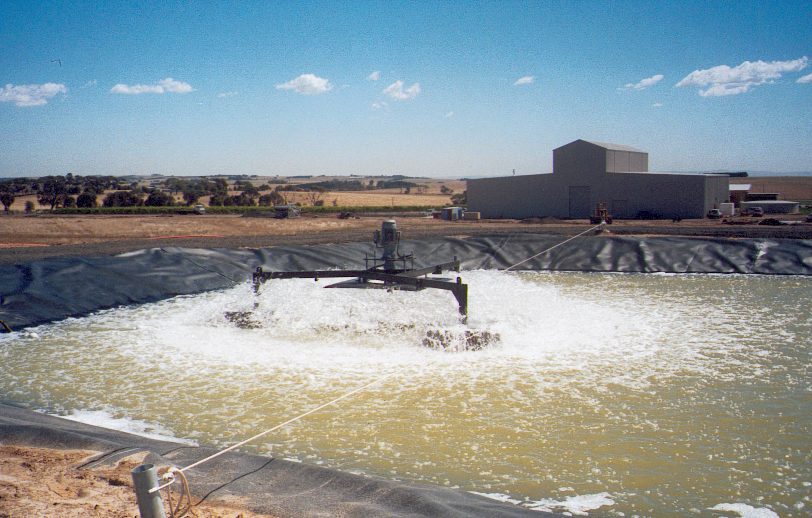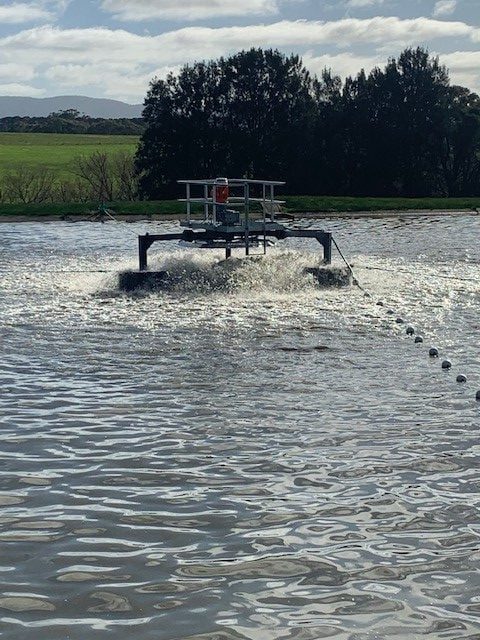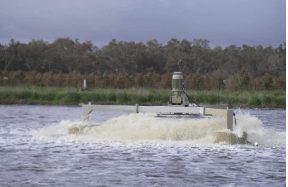How to calculate how many aerators you need to treat your wastewater
In the past, wastewater treatment tanks have operated with a single aerator. However, it is now recommended that you install multiple aerators in order to maximise the amount of oxygen dissolved in the water. This is because anaerobic bacteria are not able to grow if there are enough dissolved oxygen molecules in the water.
But how many aerators is too many? To ensure your wastewater tank is operating effectively, you need to be able to calculate how many aerators your tank actually needs to run. Let’s take a closer look at this below.
What are aerators?
Aerators are systems used to add oxygen to wastewater and sewage. Aerators get more oxygen into the slurry for microorganisms to absorb, using the oxygen to help fuel them when eating the organic material in the sewage. This leads to a faster decomposition process, ultimately resulting in sewage becoming far easier to manage much quicker. These devices target a specific oxygen load, as there is a certain rate of oxygen in the mixture that microorganisms thrive at. Reaching this rate makes sewage treatment a more efficient process.How to calculate how many aerators you need
The answer to this isn’t a straightforward one. There are a number of factors that go into determining how many aerators you require to treat your wastewater, which are: • BOD load: The amount of oxygen that microorganisms require to perform their job. • Total nitrogen reduction: The amount of nitrogen that the microorganisms absorb. • Design flows and loads: The intake of wastewater in the sewage pipe. • Water conditions: The temperature, pressure and depth of the water can all impact the way that the microorganisms behave. • Tank volume: The more space in your tank, the more aerators you’ll need to cover all of that area. • Type of wastewater: If your wastewater is particularly heavy or dense (like sewage), it will require more aeration than if it’s light (like rainwater). On average, for every 1 million gallons of wastewater treated, you’ll need one aerator. But you also have to take into account how much oxygen is already being released by other processes in your system, like pumps or blowers. And if your tank is designed with secondary treatment facilities in mind, then you may need more than one aerator per million gallons of wastewater treated.Ask the experts
If you want to know how many aerators you need for your particular situation, we’d recommend speaking to our team. We have experts on hand who can help you get all the information you require about your system needs—and give you tips on how best to optimise your process for maximum efficiency. If you’re interested in sewage and wastewater treatment services, contact us today to find out more. Our expert team is happy to help with any queries you might have. By Jas specialises in sewage and wastewater treatments. Visit us at www.byjas.com or call us on (03) 5979 1096. We have been in the industry for 35 years and are a family-owned company. We service across Australia, whether you live in regional town centres, remote regional areas, and main capital cities.SHARE:
What you can read next

Waste water treatment for Wineries
Wineries across Australia are producing record ...

Specialising in the Winery Industry
We cater to the winery industry in order to red...

Irrigation efficiency for Wineries
As we know wineries produce wastewater from the...

What is Involved in the Process of Winery Wastewater Treatment?
Winery wastewater is generated from the winery’s...

Want to remove waste water efficiently
Are you looking for a cheaper and more environmen...

Why Choosing a Wastewater Equipment Manufacturer Provides a Better Option?
Why Choosing a Wastewater Equipment Manufact...

Why Are Bacteria Used in Sewage Treatment?
Wastewater treatment is society’s way of giving...




